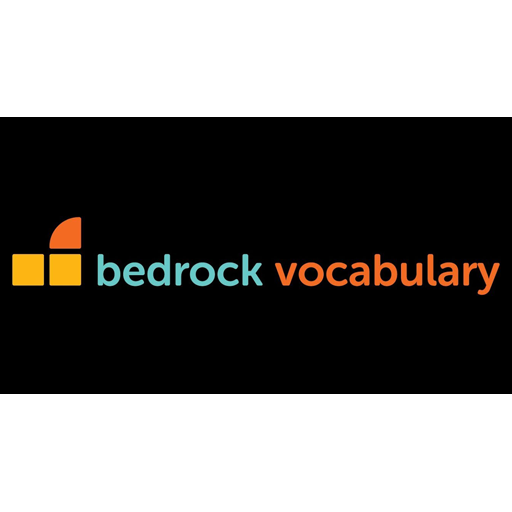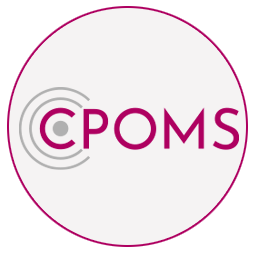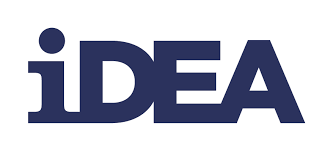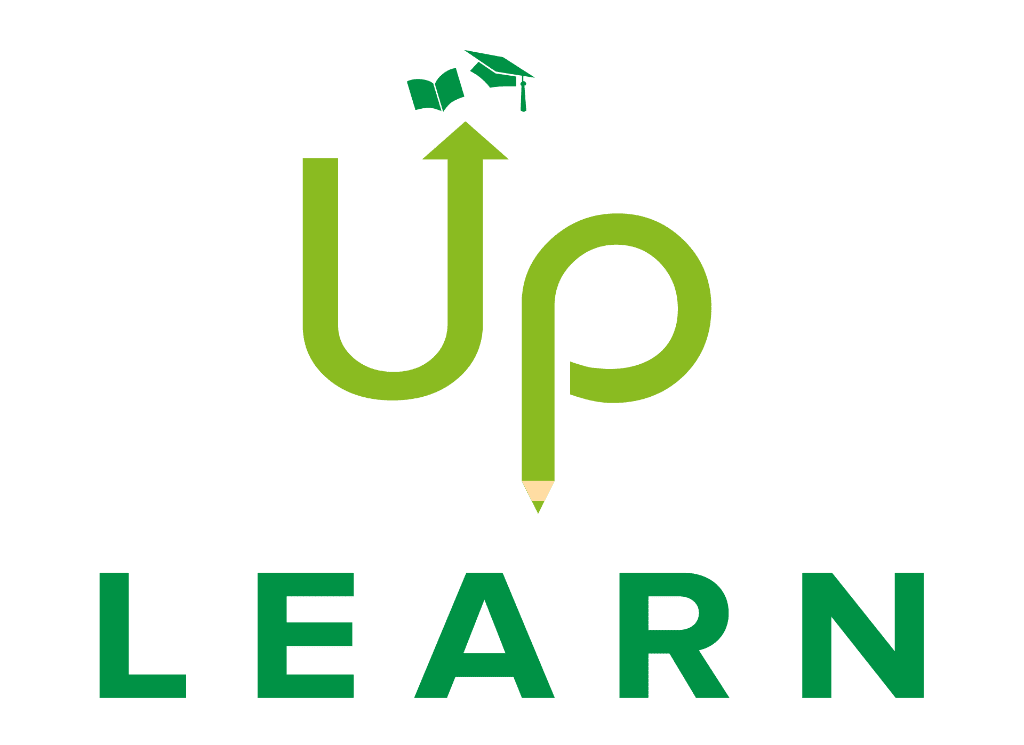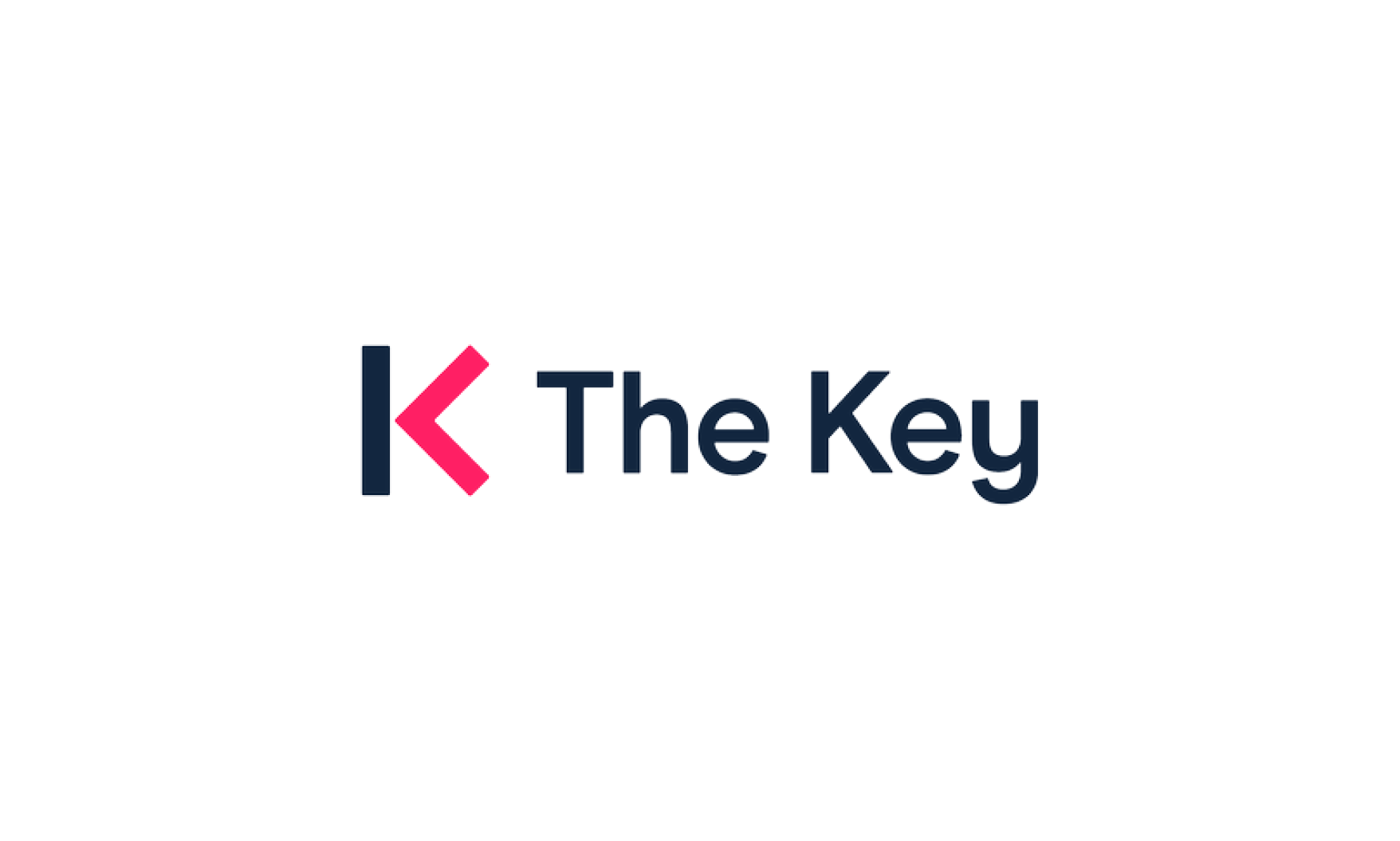Pupil Premium
The Pupil Premium strategy applies to ‘disadvantaged’ students within the school cohort. The term ‘disadvantaged’ refers to those young people who face particular challenges because of the economic circumstances they face when growing up. To view our 2023-2024 Pupil Premium Strategy Statement, including the impact of the 2022-23 funding, click the button to the right. The Pupil Premium Strategy Statement will next be updated in Autumn 2024
What is Pupil Premium?
The Pupil Premium strategy applies to ‘disadvantaged’ students within the school cohort. The term ‘disadvantaged’ refers to those young people who face particular challenges because of the economic circumstances they face when growing up.
The most commonly accepted proxy measure of such economic disadvantage is eligibility for free school meals (FSM) and this was the original qualifying criterion for Pupil Premium funding to tackle the attainment gap, introduced in 2011. Since then, the government has broadened this criterion to apply to pupils who have ever been eligible for FSM in the past 6 years (Ever-6 FSM). It also now includes other categories of children facing disadvantage, such as the children of service families and those who are looked after by local authorities. Therefore, the term ‘disadvantaged’ applies to FSM eligible pupils, Ever-6 FSM pupils or Pupil Premium pupils.
Historically there is a gap in attainment between those who are classified as disadvantaged and their non-disadvantaged peers. The gap begins in the early years and is evident when children begin school aged 5. The gap grows wider at every stage of education. It more than doubles by 9.5 months by the end of Primary School and again to 19.3 months by the end of Secondary School. This shows the importance of intervening early and then continuing to attend to the needs of disadvantaged pupils.
A majority of 19 year olds who have been eligible for free school meals leave education without a good standard of recognised English and Maths (level 4+). Whilst the attainment gap has lowered over the past decade, it remains significant. The Pupil Premium strategy is a valuable focus for closing the attainment gap. It is therefore vital that we consider how we can best use resources as a school to benefit all disadvantaged pupils in order to remove the attainment gap completely and allow all students, regardless of their economic circumstances, to achieve.
Our Approach
We believe that every student should be challenged and supported to aim high and achieve their very best. Students should feel safe in the learning environment and as well as being able to achieve academically, they should be able to excel in their character through the use of extra-curricular activities. Money has been focused on strategies that will benefit students who experience disadvantage and are so used to benefit all Pupil Premium students. This has meant making informed decisions about our spending such as:
- Ensuring that spending is directly linked to targeting gaps in attainment
- Making use of our own data to expand existing interventions
- Making sure there is a focus on quality of teaching every day
- Making use of research when evaluating impact of interventions and considering implementation of new interventions
All staff are aware of areas for development in the school in terms of subjects, year groups and they know which students are their Pupil Premium students. Money is used to benefit all Pupil Premium students and support higher as well as lower ability students by extending the provision on offer.
Objectives of Pupil Premium Spending
When making decisions about Pupil Premium funding, it is important to consider the context of the school and the subsequent challenges faced. Common barriers for some children can be less support at home, weak language and communication skills, lack of confidence, more frequent behaviour difficulties, mental health, attendance and punctuality issues. All these barriers can prevent child from flourishing. As a school, we realise that there is no ‘one size fits all’ and want all students to succeed in their individual ways. We want to be able to narrow the attainment gap between pupil groups with the funding available.
Eligibility capture
The January Census data is used for the following financial years’ Pupil Premium funding allocation. This captures any period of free school meal eligibility, children of service personnel or post-LAC children since the previous January census; it only captures data for those students who are on the school roll on census day.
The Pupil Premium funding allocation for the financial year is calculated using the student cohort data from the previous academic year who were on roll for the January census, therefore it is lag-funded and the funding allocated does not necessarily match the number of students eligible for PP funding at any point throughout the academic year.







